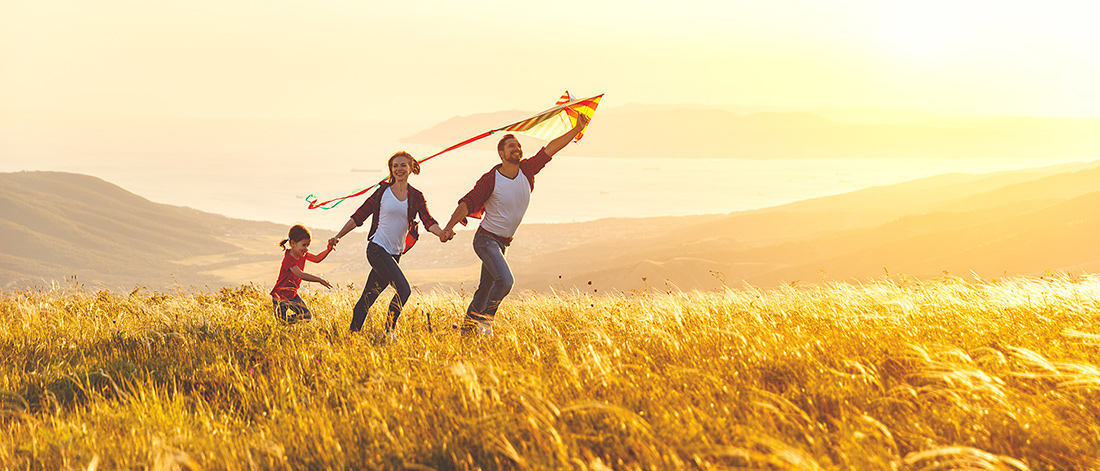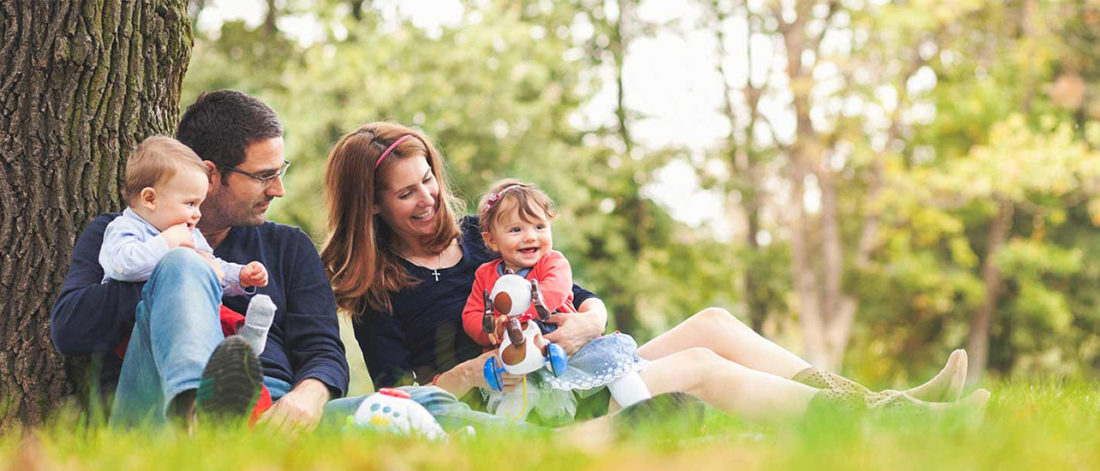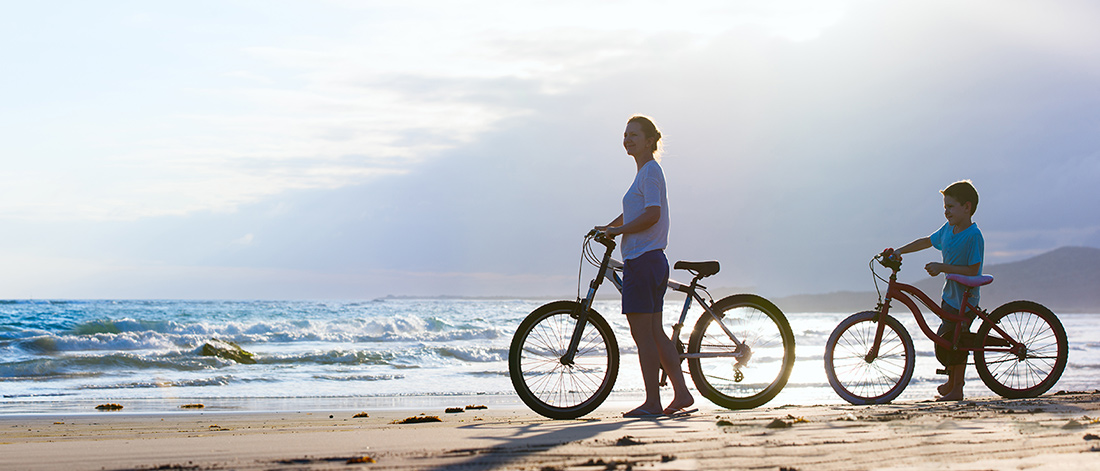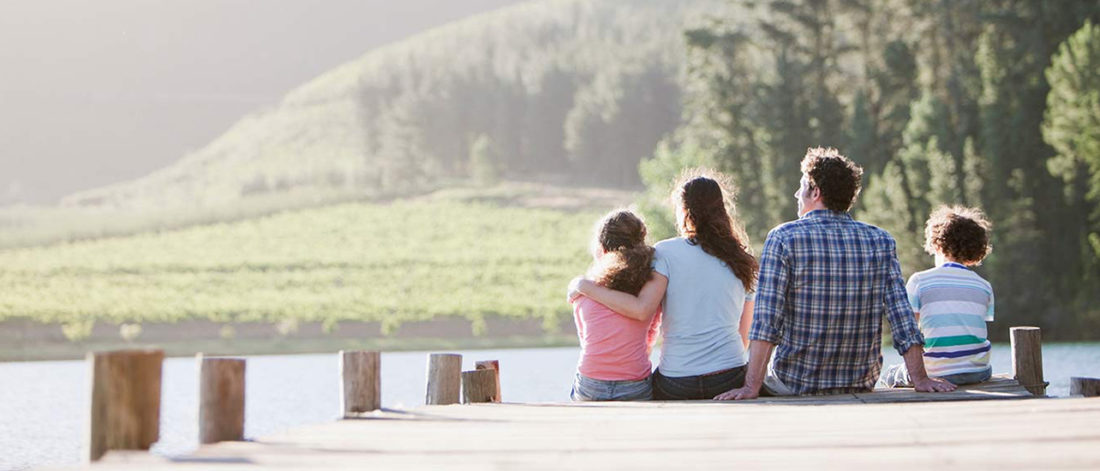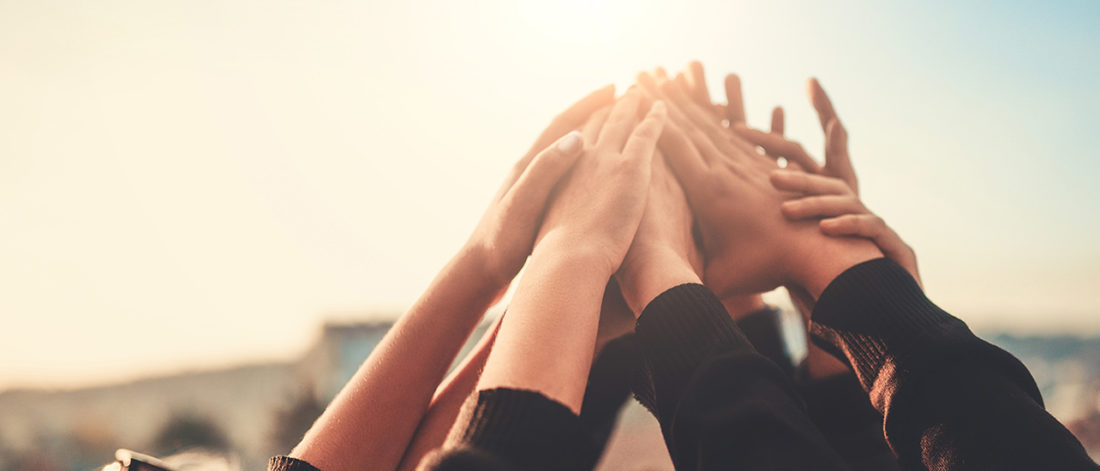Looking for a place to grow your money? Consider investing in ADHD meds! Now that I have your attention, sales of stimulants to treat ADHD in the US alone have more than doubled to $9 billion in 2012 from $4 billion in 2007. About 70% of these youngsters are given stimulant medications such as Ritalin, Adderal, Concerta and Vyvanse.
Attention deficit/hyperactivity (ADHD), the most common behavioral disorder in children, is being diagnosed in epidemic proportions. Figures released by the Centres of Disease Control in the United States show that approximately 11% of children 4-17 years of age or 6.4 million, have been diagnosed with ADHD as of 2011, the most recent year for which statistics are available [2].
Boys are twice more likely to be labeled than girls, with the highest percentage found in high school boys. Testosterone anyone?
Questions of over-diagnosis versus actually increasing rates aside, ADHD can be a serious challenge for some children and their families, leaving academic performance and self-esteem in tatters or creating rip-tides of conflict with family members and peers. I’d like to share a case from my practice which illustrates what a difference a homeopathic remedy and a bit of nutritional support can make in a child’s life.
In a Fog
I first met Leo, a thoughtful looking 9-year-old boy, in June of 2012. The family and school were concerned about his lack of attention, dysgraphia and slow reading and writing skills. He was diagnosed with ADHD of the inattentive type as well as very superior intelligence.
During the consultation he trailed off trying to answer my questions and often looked into space. The mother and teachers had also noted that he was spacey
History revealed that when Leo was about nine months old he fell off a change table by accident – on his head. He was rushed to the ER, assessed and released as fine.
By the time he was four or five years old his parents noticed that he had trouble with multi-step directions and difficulty with staying focused. He feels very sleepy on waking and used to be hard to get up, as if in a fog, even though he had lots of sleep.
In my mind the head injury stood out. This was a very bright boy with a very bright and high-functioning family, which in my experience is not the norm in most children with ADHD.
We also did a hair analysis which showed some mineral deficiencies. Leo received a trace mineral complex, tissue salts, vitamin B12 and ascorbyl palmitate. Then I gave Helleborus 30CH, twice a week, for the history of head injury and his overall foggy state.
ADHD from a Head Injury?
At a follow-up in October 2012 the mother reported: “There is such a difference, he is more awake, more with it! Even his writing has improved. The teachers have also noticed the change and now he can do his homework on his own. And he is brimming over with love for me. He is much more expressive emotionally!”
Even his soccer playing was different: “He has the same coach as last year and he commented on how much better his playing is. He is so much more engaged.”
We continued the supplements and the Helleborus 30CH twice a week.
Follow-up November 2012: “He is doing so much better. Now he enjoys reading, before it was just painful to him. And he is so much happier and more loving. Before he was a bit catatonic really, as if in a fog.”
Plan: Helleborus 200CH, 2 pellets every two weeks for two months.
At a follow-up in February of 2013: “Leo is a totally different child! Now he loves to spell words. His handwriting is easy and legible now, before he had lots of trouble. He is devouring books and way less spacey. He has become a superstar in sports. He is taking piano lessons and the teacher is saying that he is just absorbing the music. He is all organized now and dresses himself in the morning, before we had to nag him 5-6 times to get dressed. He is still much more connected to me and much more affectionate, with beautiful eye contact.”
I did not hear from the family again until August of 2013 when I contacted them for an update. The mother wrote: “Leo has lost his diagnosis, he was just reassessed and no longer has any ADHD. We are thrilled.”
This child not only lost his diagnosis but he also became much more alive and connected to his world, a beautiful development. In my opinion his ADHD was caused by the head injury he suffered when he was nine months old.
The homeopathic remedy I used in this case is made from the common hellebore, also known as Christmas Rose, a somewhat poisonous plant which blooms in the winter and is a common perennial seen in gardens in Victoria.
It has a colourful history in medicine and was used as a tonic for philosophers, to be consumed as a tea before engaging in intense and prolonged philosophical debate.
Chronic poisoning causes fluid retention in the brain and spinal cord with feelings of stupefaction, sluggishness and imbecility.
A good description of Leo’s state before treatment.
In homeopathy the idea is that like can cure like, so this remedy can be useful when someone already has these kinds of symptoms, possibly as a result of brain injury, meningitis or similar.
Now there are several other remedies for problems after head injuries, so please don’t run out and pick the hellebores in your neighbour’s garden just yet and remember that we are talking about a homeopathic preparation of the plant, not a crude form.
There are many other causes of ADHD. If you know a child with ADHD, there is hope. Call my office to make an appointment and we will try and find and treat the causes together.
Dr. Anke Zimmermann, BSc, ND, FCAH
www.drzimmermann.org


